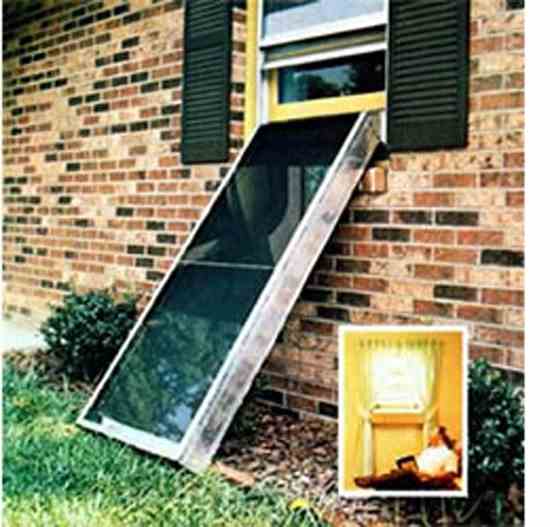
 4
4





 3
3




- Tim's Homestead Journal - Purchase a copy of Building a Better World in Your Backyard - Purchase 6 Decks of Permaculture Cards -
- Purchase 12x Decks of Permaculture Cards - Purchase a copy of the SKIP Book - Purchase 12x copies of Building a Better World in your Backyard
 2
2




Timothy Norton wrote:For some more traditionally built homes, the color of your exterior walls/roof can either help retain heat if it is darker or reflect it away if it is lighter.
 6
6




Passionate advocate for living at a human scale and pace.
Help me grow the permaculture presence in Indiana https://permies.com/t/243107
Concise Guide to Permies' Publishing Standards: https://permies.com/wiki/220744




 5
5




Learning slowly...
How permies.com works
 8
8




Iterations are fine, we don't have to be perfect
My 2nd Location:Florida HardinessZone:10 AHS:10 GDD:8500 Rainfall:2in/mth winter, 8in/mth summer, Soil:Sand pH8 Flat
 7
7




I do Celtic, fantasy, folk and shanty singing at Renaissance faires, fantasy festivals, pirate campouts, and other events in OR and WA, USA.
RionaTheSinger on youtube
 3
3




 8
8




In the south when the wind gets to 75 mph they give it a name and call it a hurricane. Here we call it a mite windy...
 2
2




Community Building 2.0: ask me about drL, the rotational-mob-grazing format for human interactions.




They say time's the great healer, and that's true. It's just not a very good anaesthetist, is the problem,
Whose lunar deity is not male is destined to be dominated by his wife. -- Old Hindu proverb









Joshua Myrvaagnes wrote:Geothermal without radon danger—another project id like to see. I guess earth tubes routed to a solar chimney directly and closed off from what folks breathe. Distribute the radon out the chimney into the air around—hopefully dilute enough to be harmless…this radon thing is a big hang up in the northeast US as far as hampering cooling methods.
Alternatively, cool stuff down with the earth tubes/in the basement and then haul it up to sit on outside the basement?
Community Building 2.0: ask me about drL, the rotational-mob-grazing format for human interactions.
 4
4




 3
3




 4
4




Blazing trails in disabled homesteading
 6
6




Clothes Dryer would be outside, a clothes line would be even better
How permies.com works
What is a Mother Tree ?


 4
4




Iterations are fine, we don't have to be perfect
My 2nd Location:Florida HardinessZone:10 AHS:10 GDD:8500 Rainfall:2in/mth winter, 8in/mth summer, Soil:Sand pH8 Flat
 5
5





 2
2




Tradition is not the worship of ashes, but the preservation of fire.
 3
3





 3
3




Love is the only resource that grows the more you use it.
David Brower




Saana Jalimauchi wrote:
- Plant trees on the southern side of the house. Or vines!

 3
3




Failure is a sign of activity and learning. It had nothing to do with under achievement
I never want to have a team member who has never failed - They are not doing!! 👍
 3
3




 3
3





|
Evacuate the building! Here, take this tiny ad with you:
The new permaculture playing cards kickstarter is now live!
https://www.kickstarter.com/projects/paulwheaton/garden-cards
|




